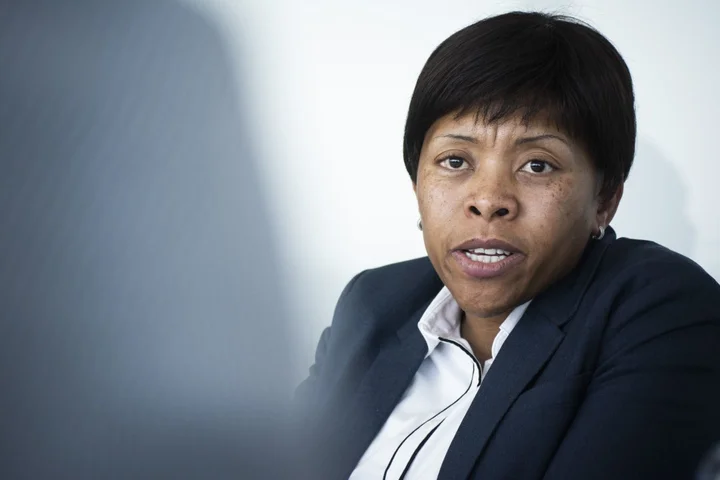South Africa’s inclusion on a global watchdog’s dirty-money watchlist is unlikely to have an immediate impact on its credit ratings, according to Fundi Tshazibana, a deputy central bank governor.
The Paris-based Financial Action Task Force put South Africa on its so-called gray list in February because of shortcomings in tackling illicit financial flows and terrorism financing, and gave it until Jan. 31, 2025 to address the deficiencies. Among the measures it must take is to step up corruption investigations and prosecutions, and ensure the authorities have timeous access to accurate and up-to-date beneficial ownership information.
“The reason why the ratings agencies are saying that they’re not going to yet look at it negatively is that the nature of gray listing is that you are under enhanced monitoring” so remedial action can be taken, Tshazibana said in an interview last week. “It only becomes a problem if you’re missing your deadline because it’s demonstrating that you’re not serious” about following through, she said.
Assessments of South Africa’s debt by the three major ratings firms are at their lowest since the country first obtained credit ratings in 1994. Moody’s Investors Service pegs the nation at two steps below investment grade, while S&P Global Ratings and Fitch Ratings both rank it three notches below. All three have South Africa on a stable outlook.
The FATF’s action follows an era of endemic corruption — referred to locally as state capture — under former President Jacob Zuma rule. His successor Cyril Ramaphosa estimates that at least 500 billion rand ($27 billion) of taxpayer funds was stolen. Zuma denies any wrongdoing.

